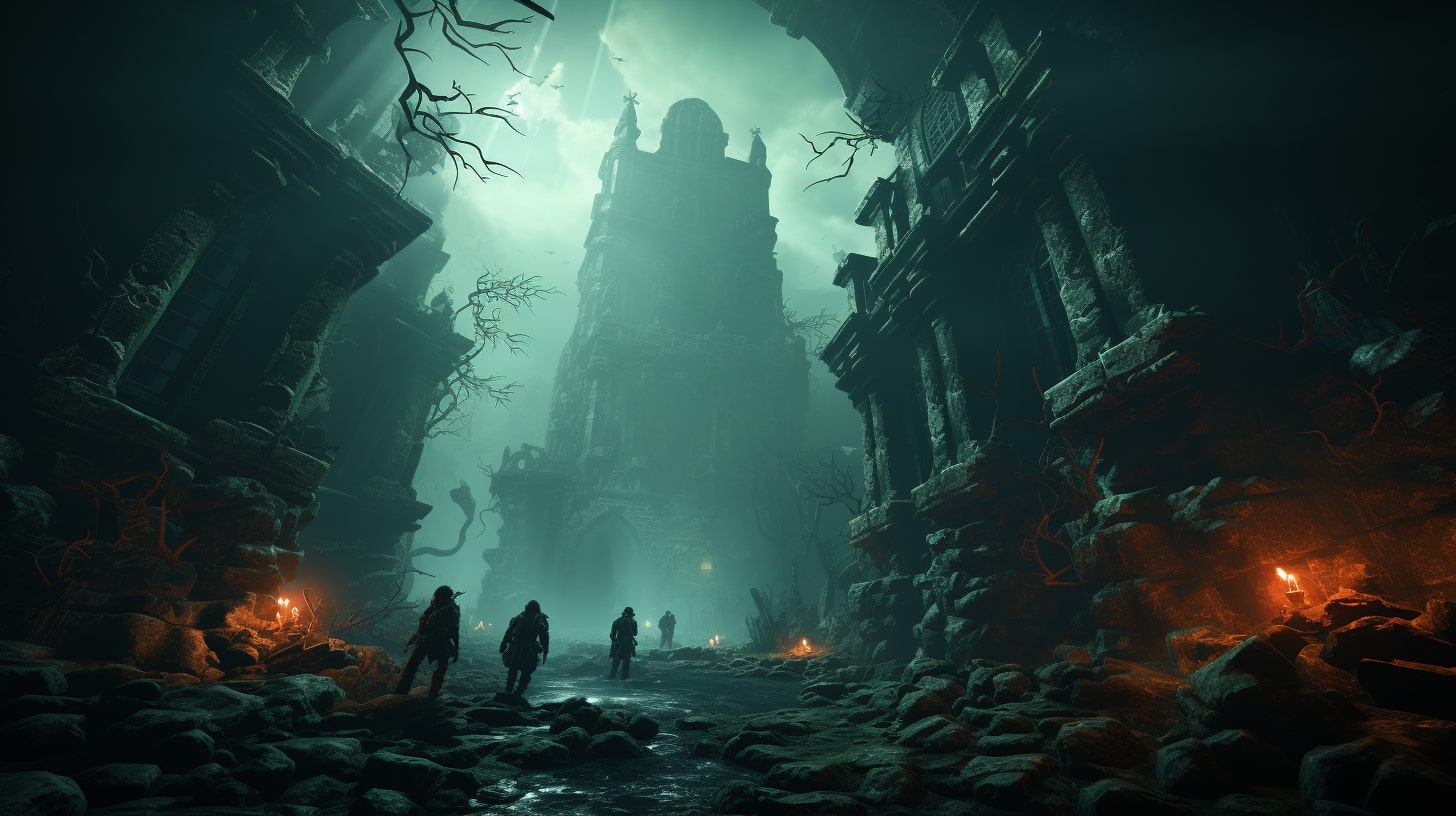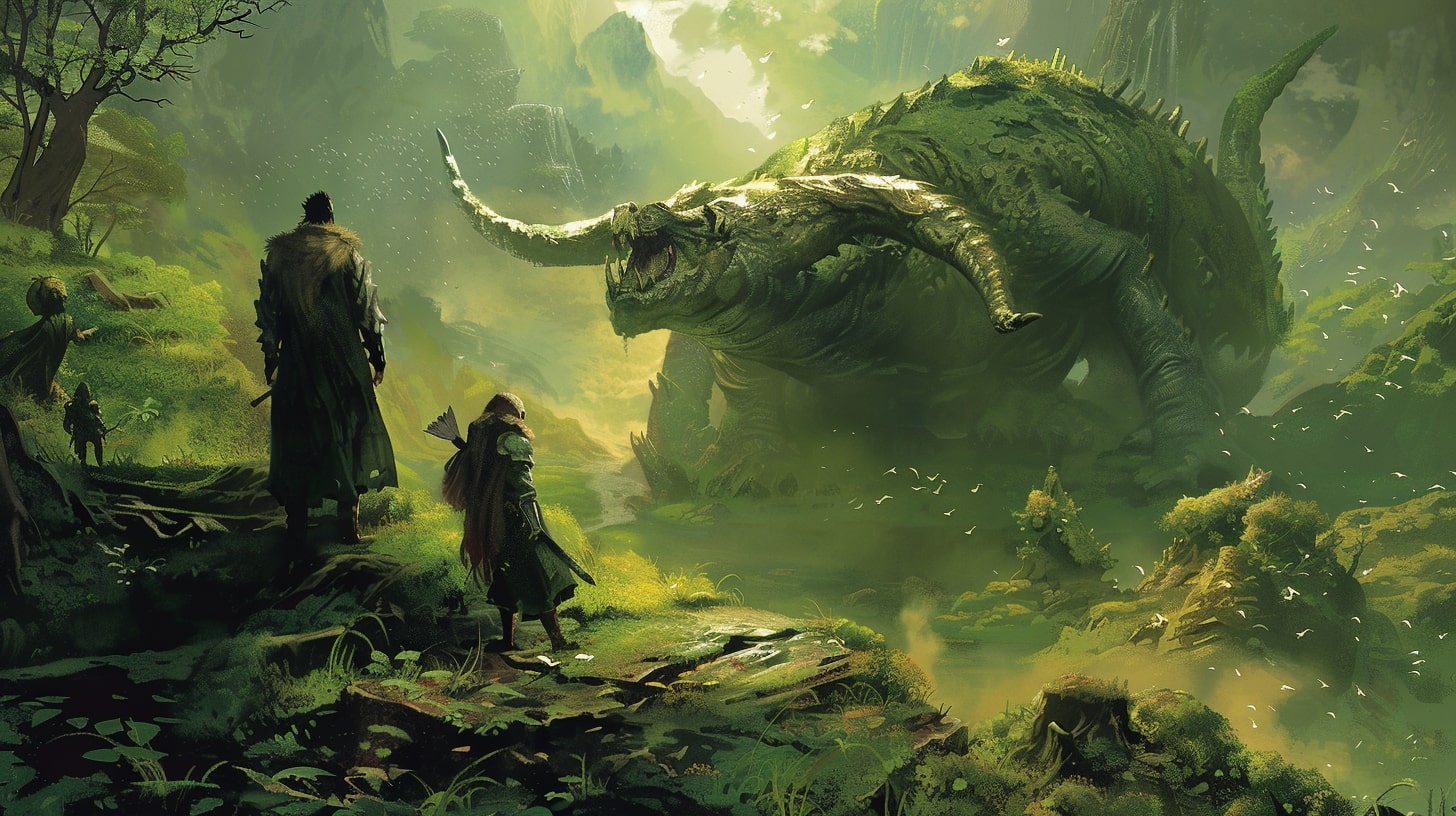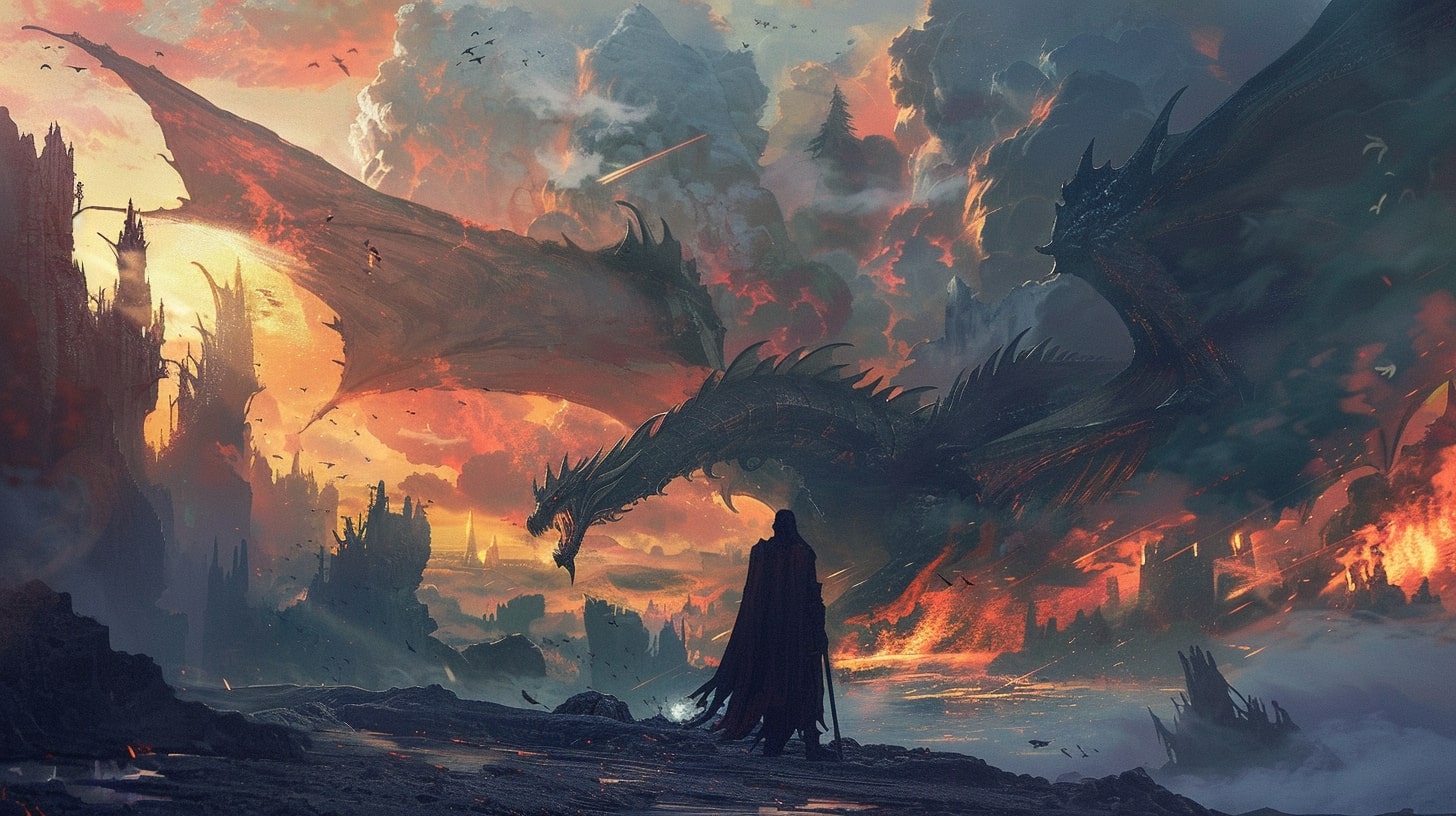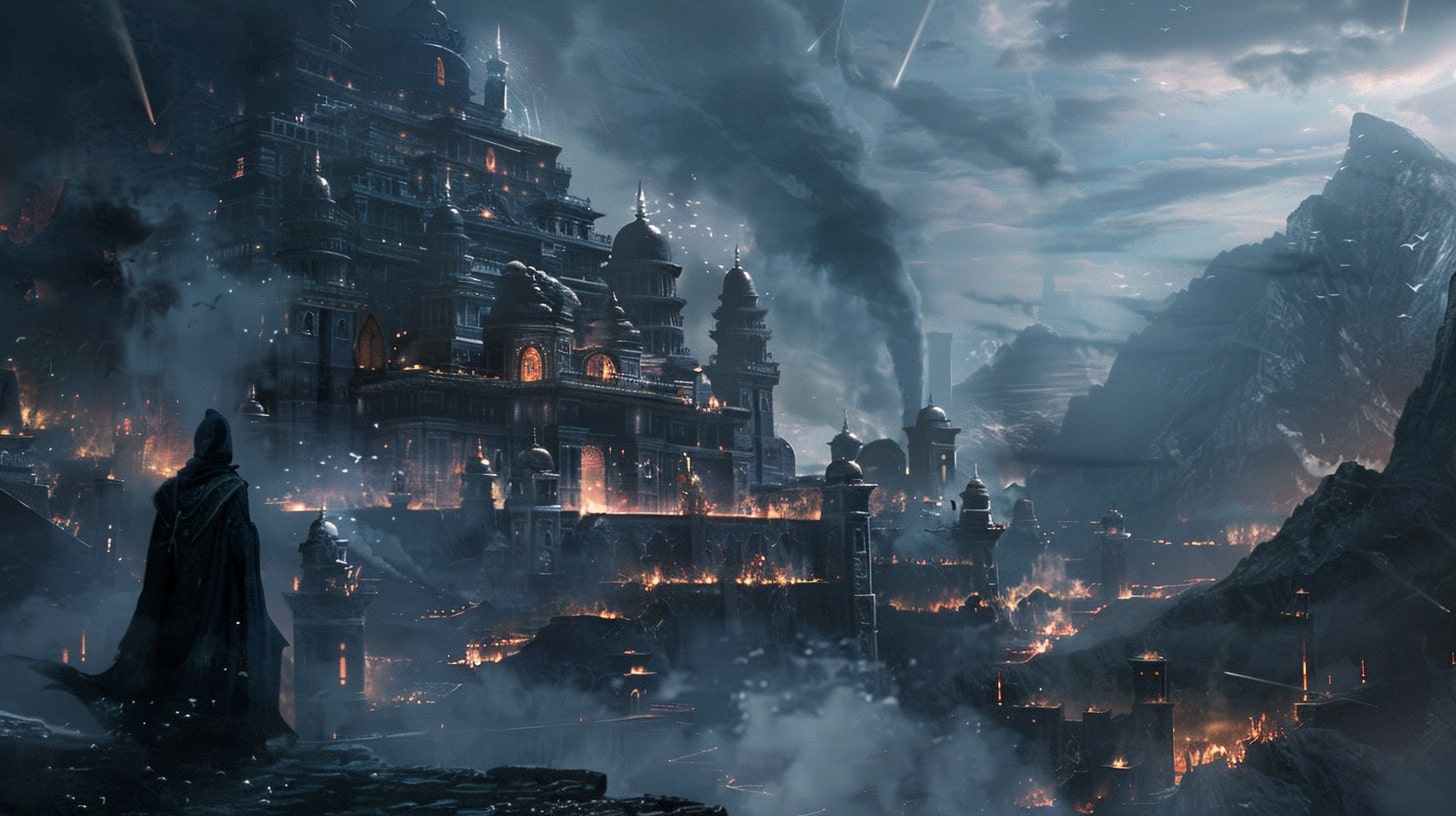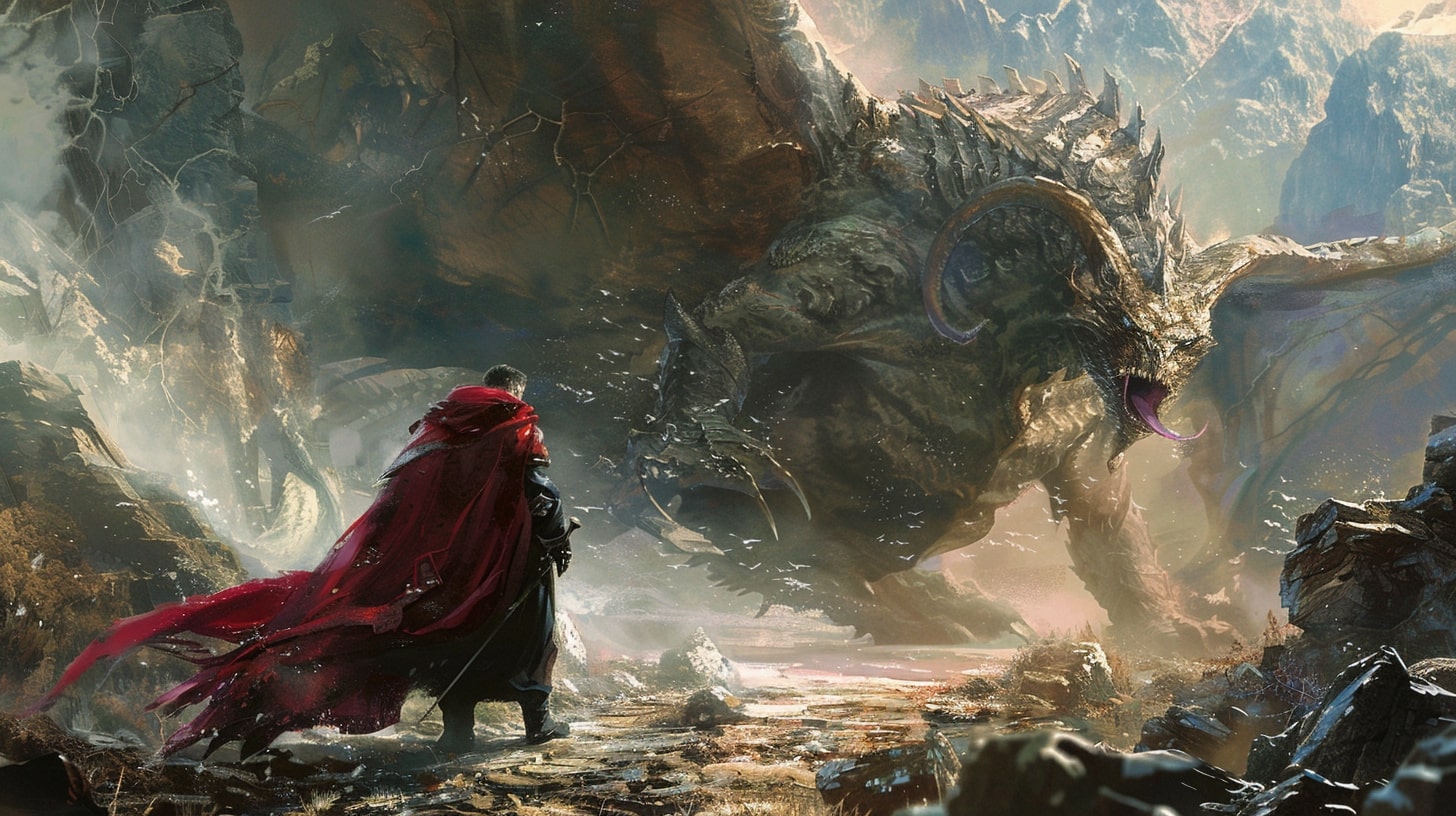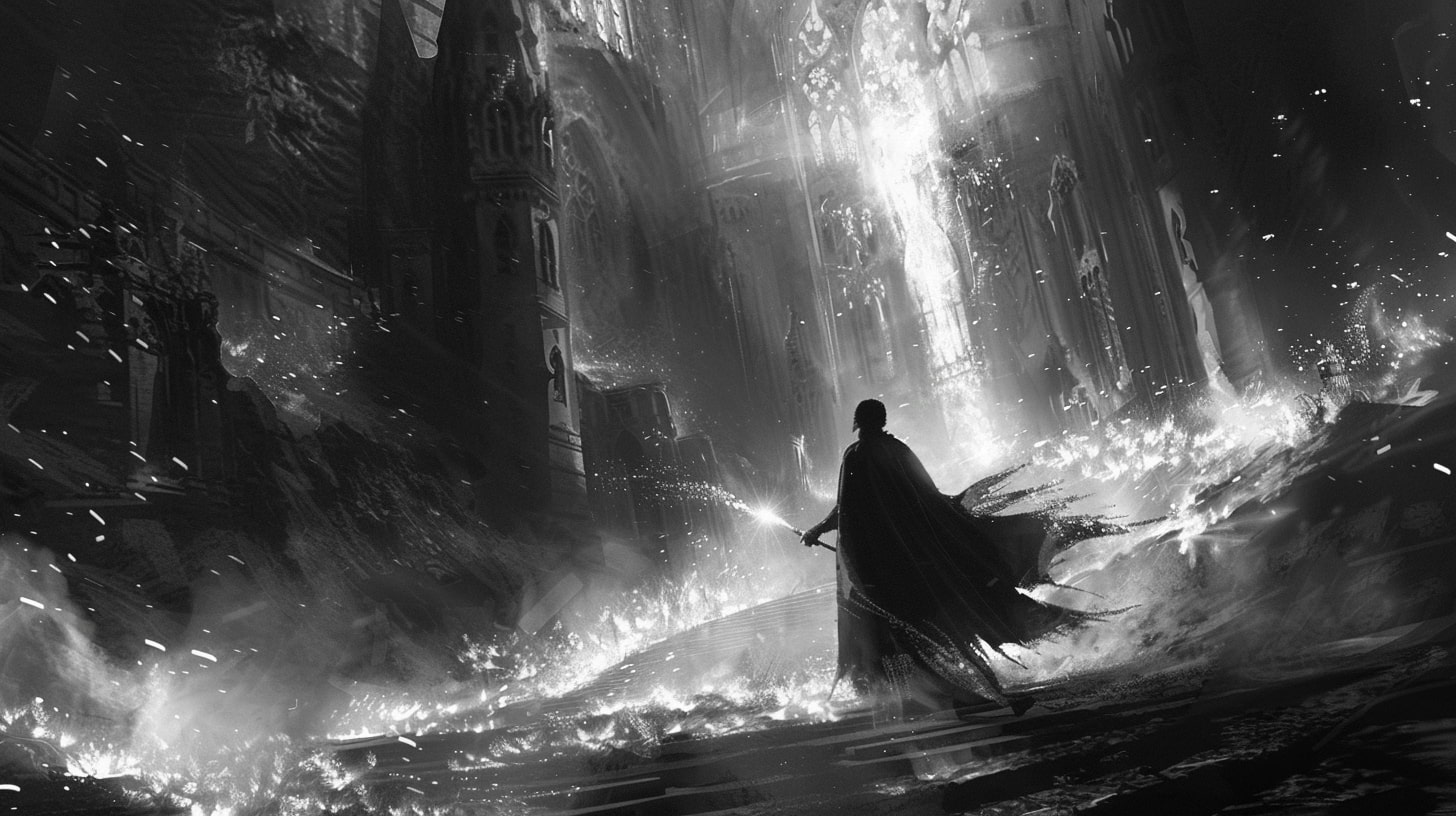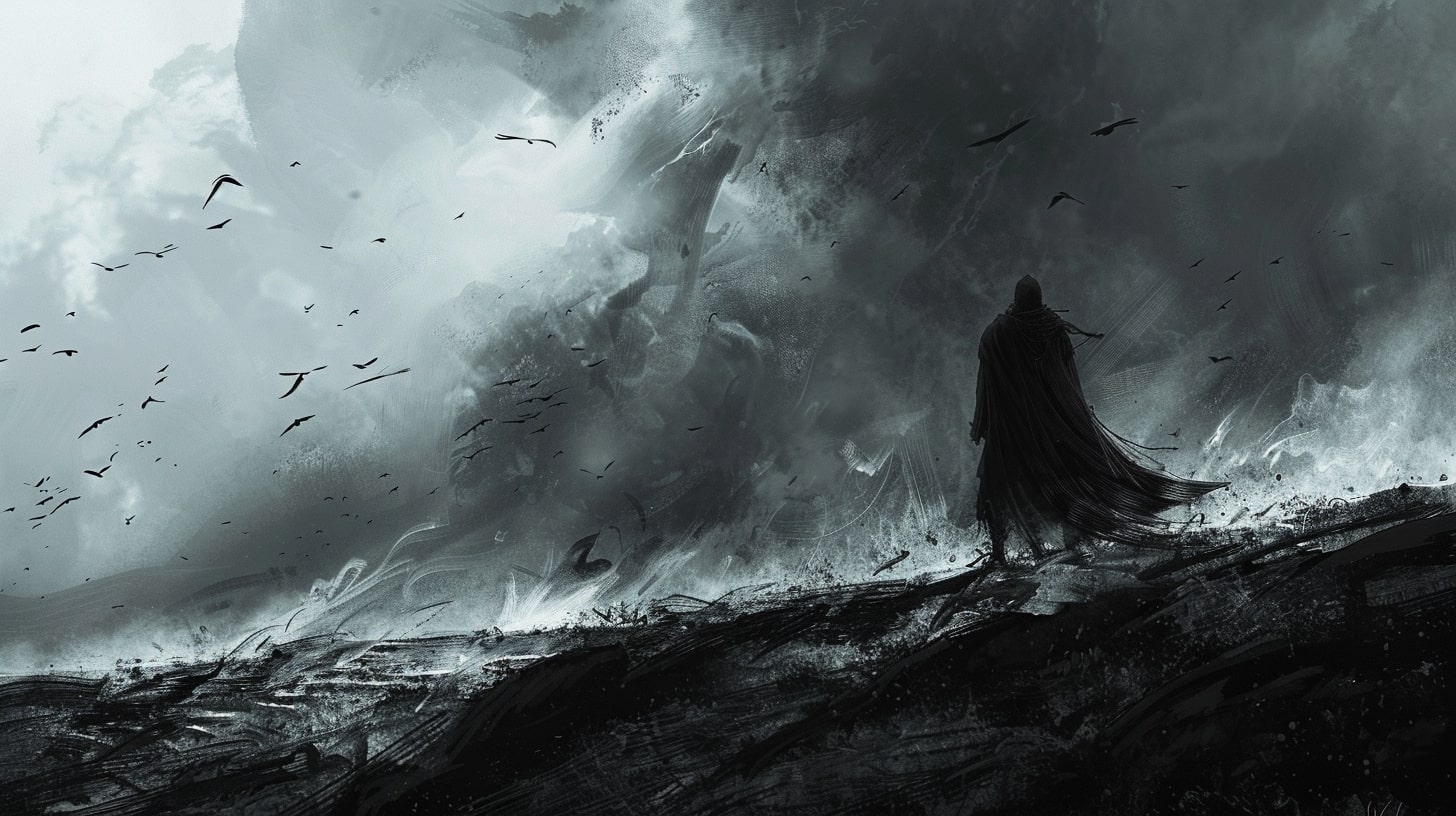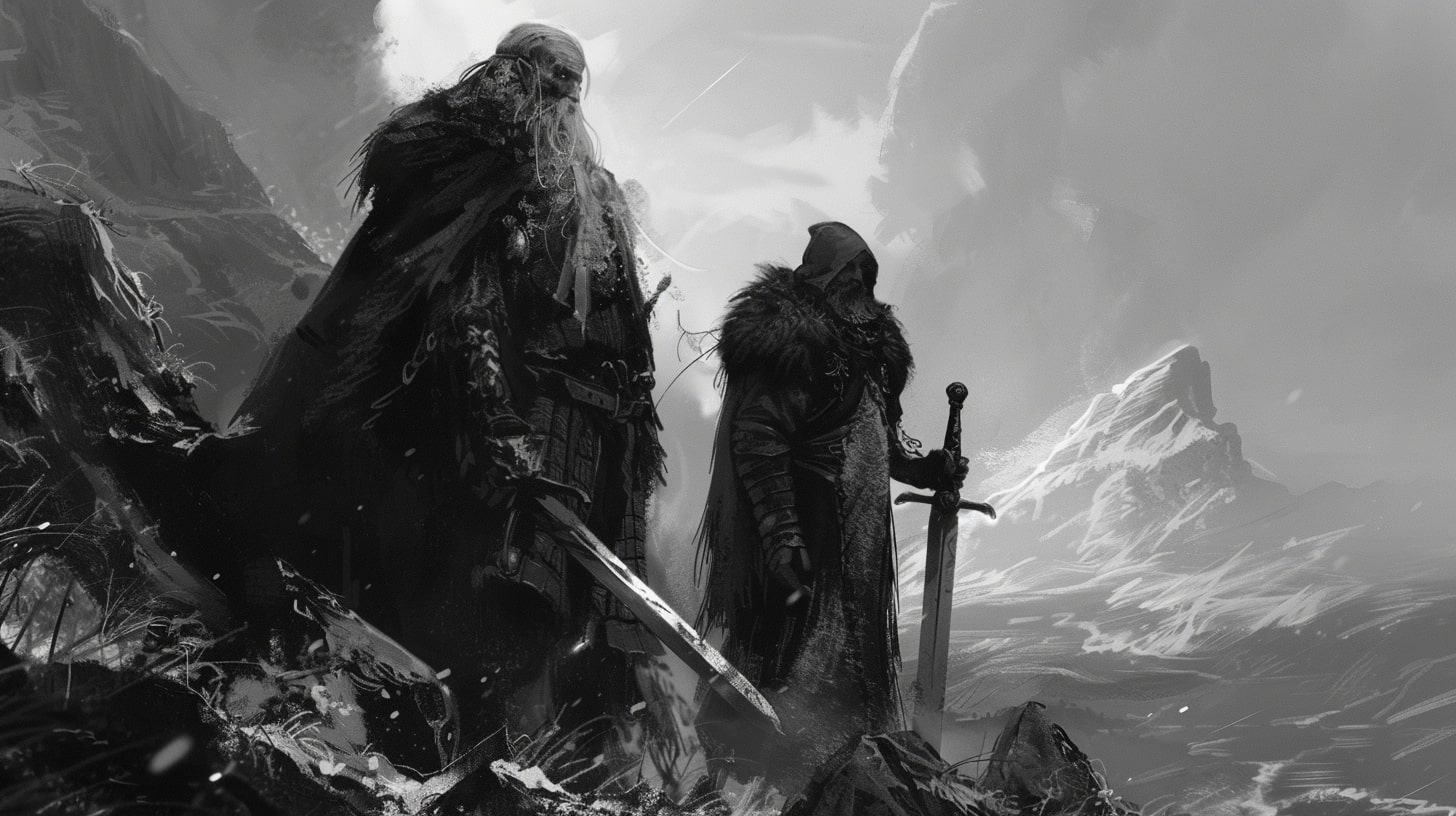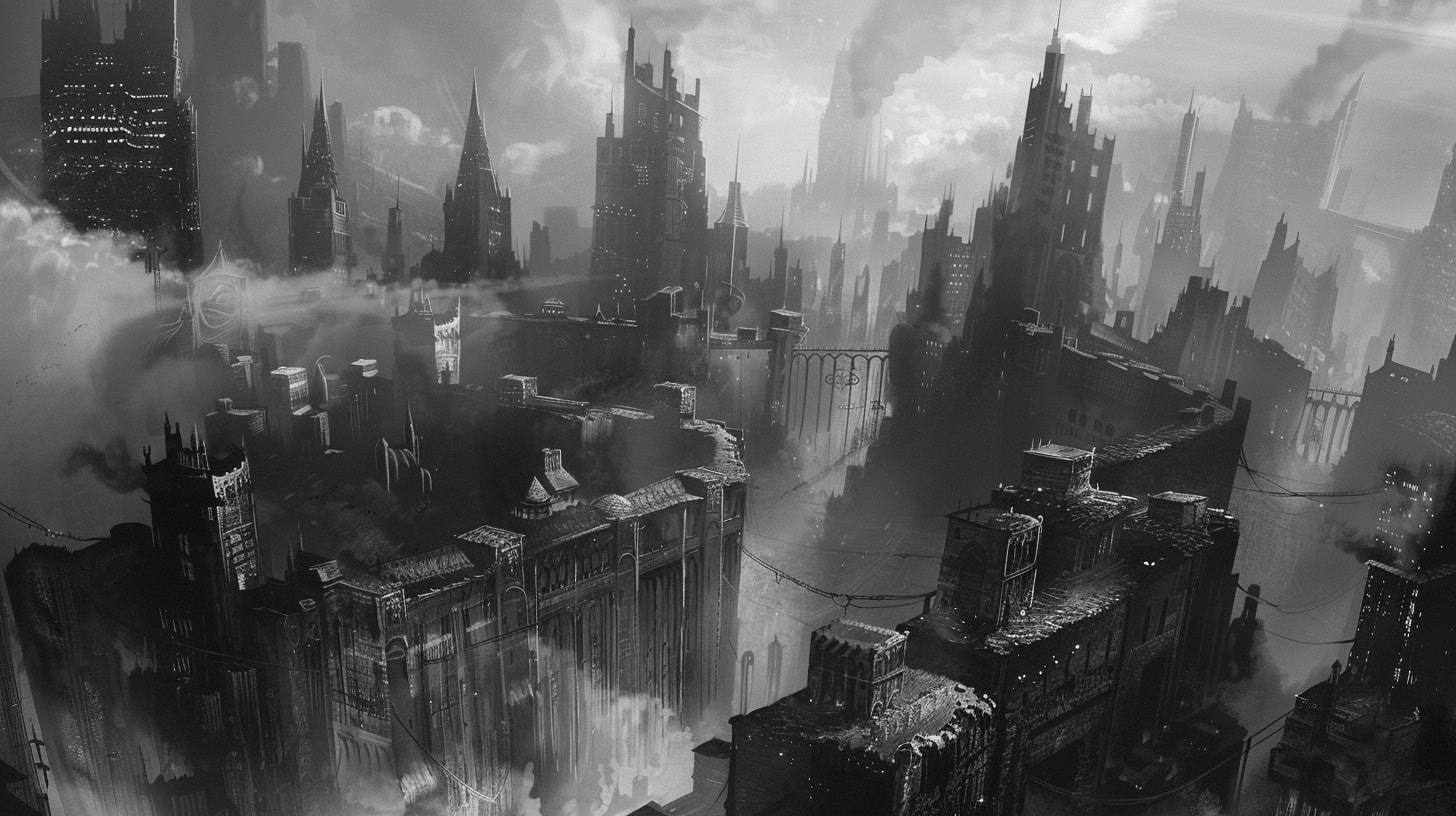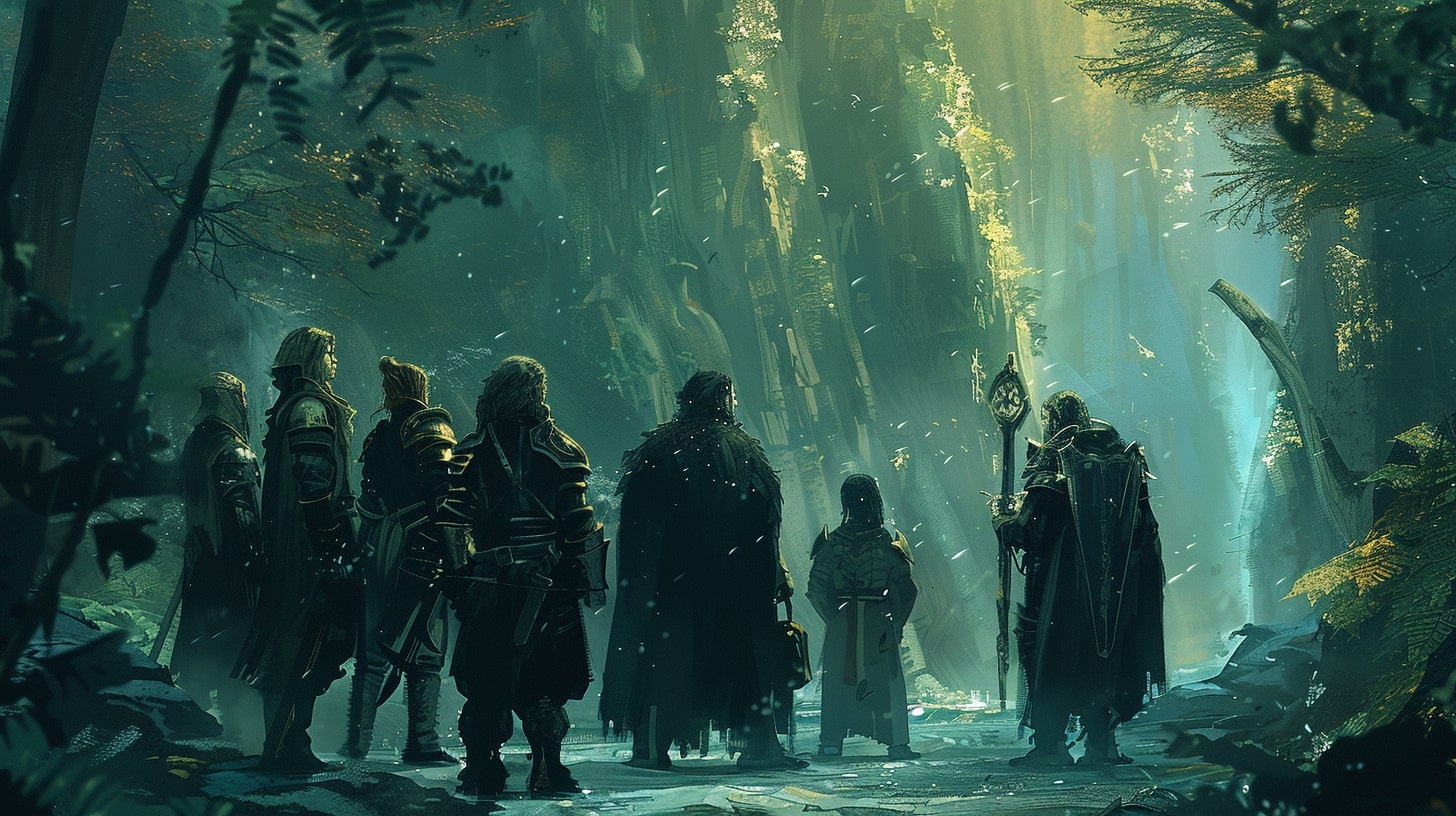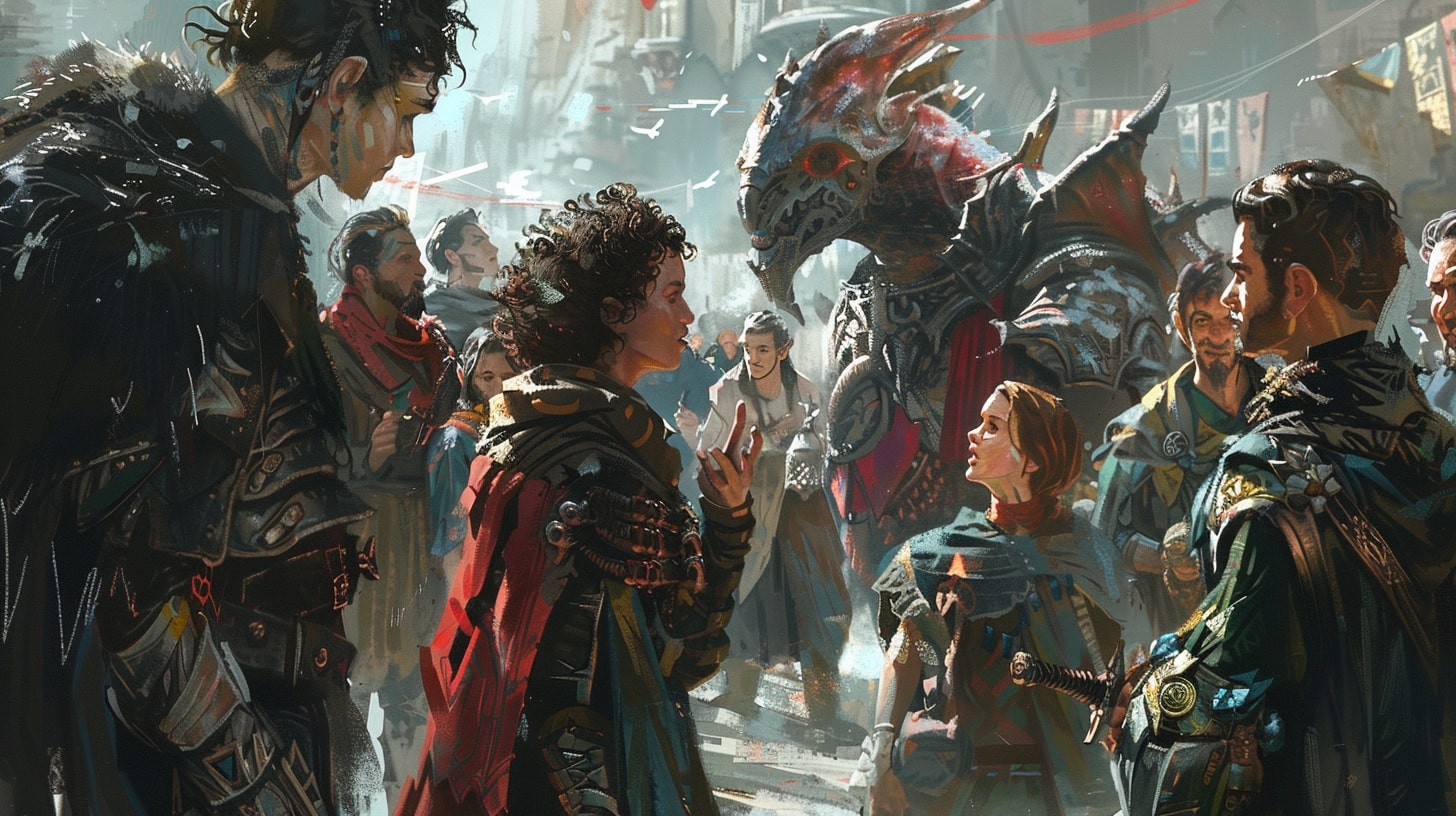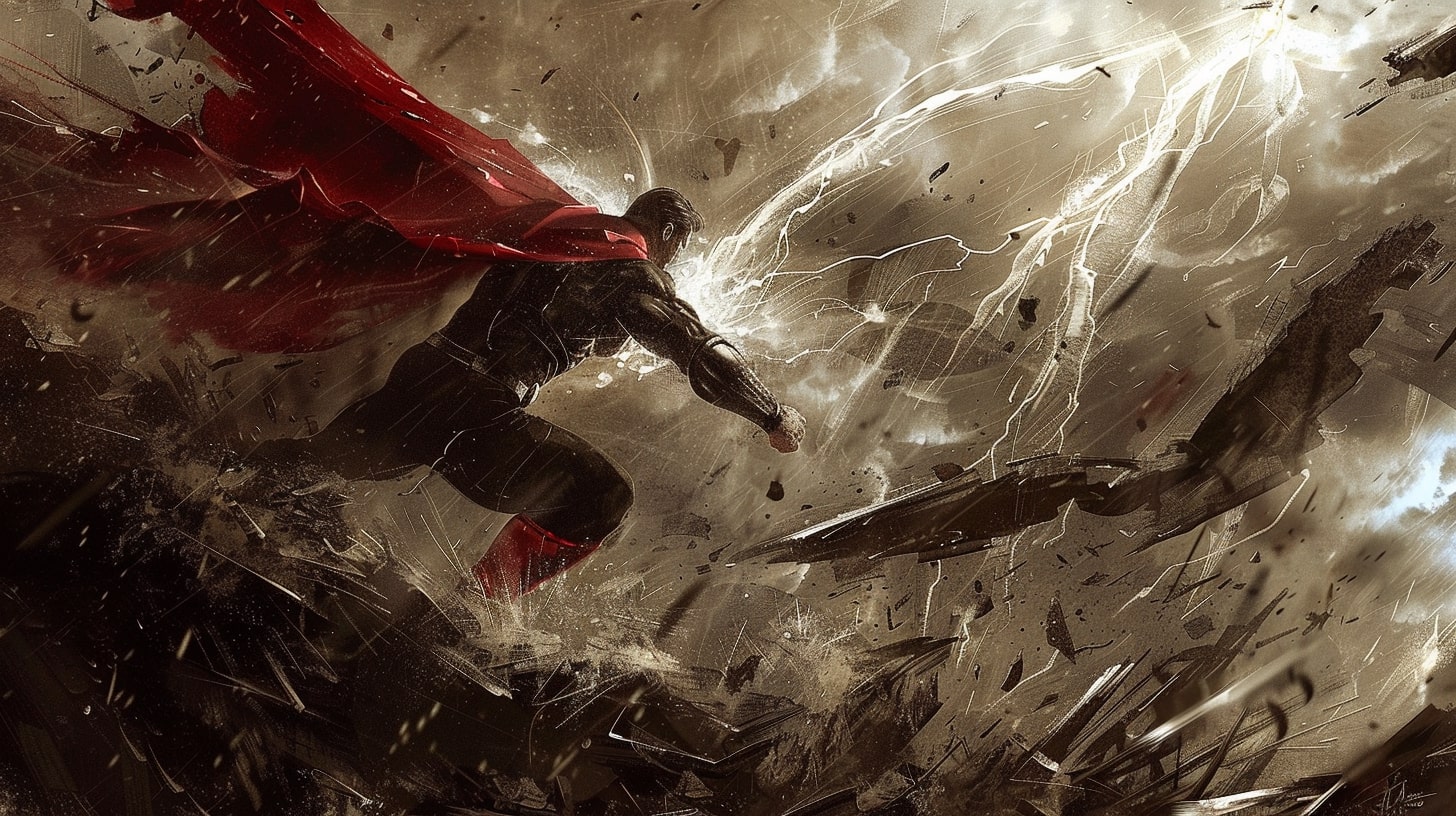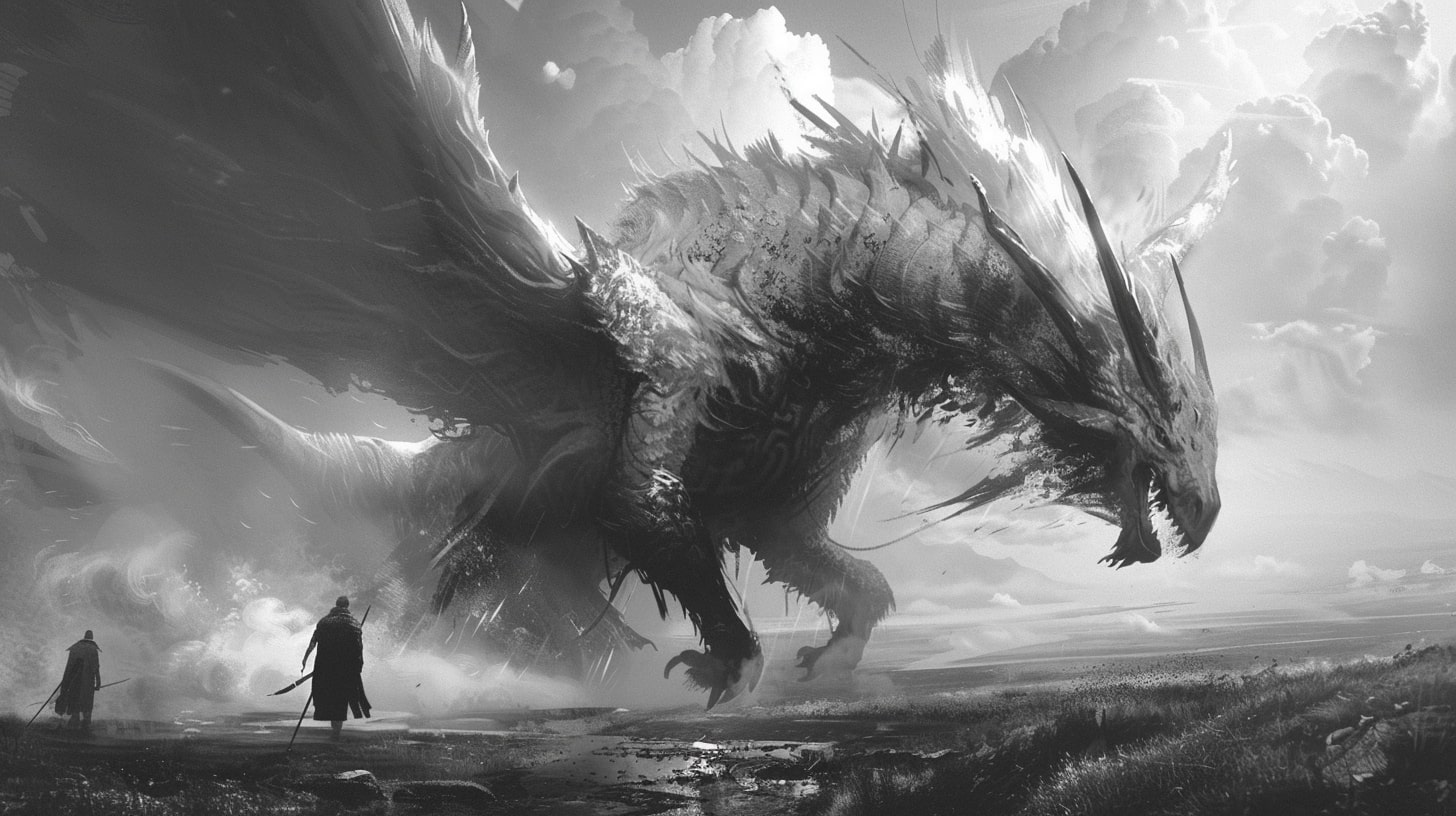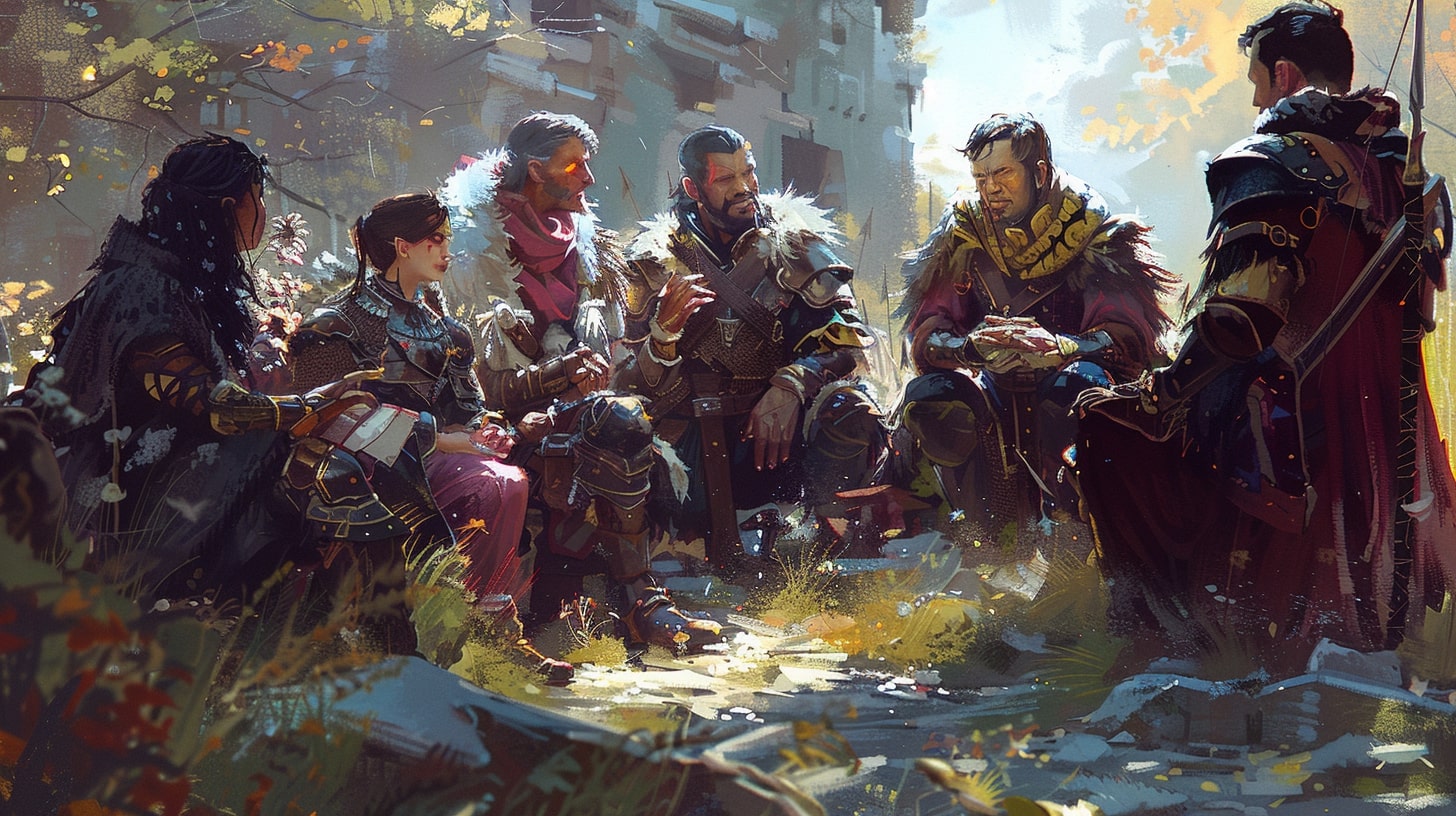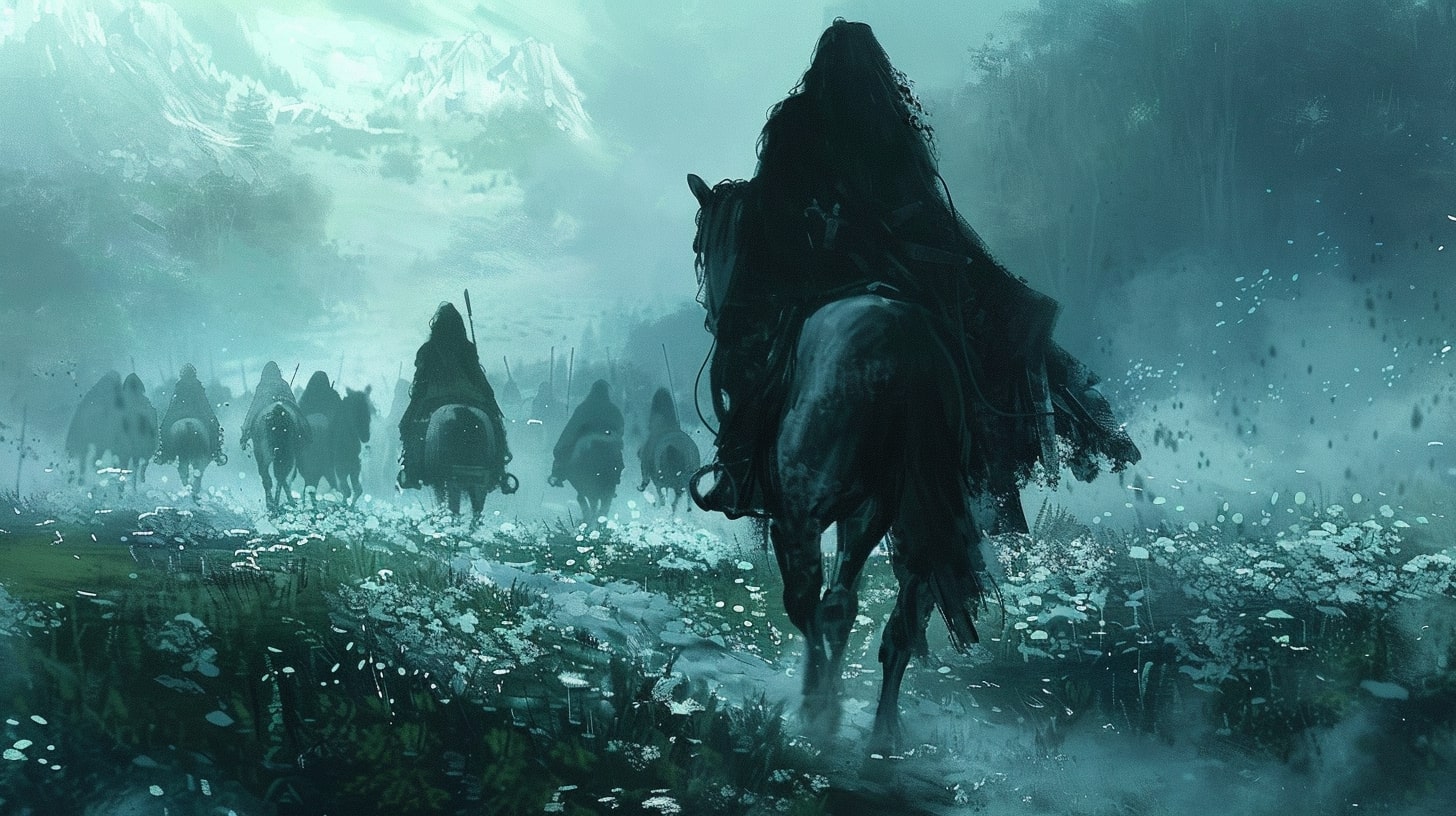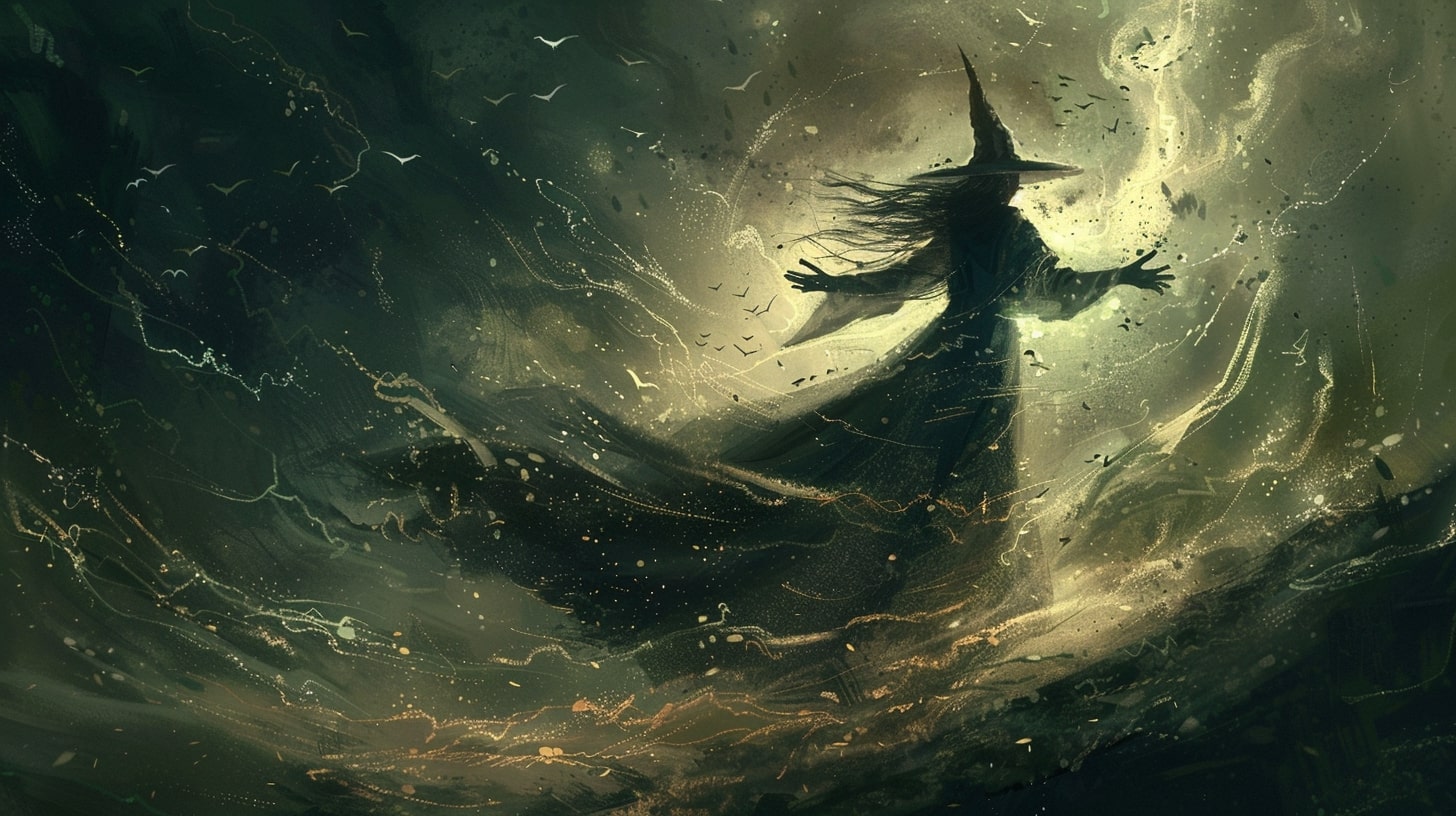Creating Dynamic Characters for Your Fantasy World
In the realm of fantasy writing, developing dynamic characters is crucial to engaging your readers and bringing your fantasy world to life. Dynamic characters possess depth, complexity, and undergo significant changes throughout the story.
Developing fantasy characters is more important than worldbuilding. There I said it.
A world is nothing without dynamic characters to light it up and that's why we're going to discuss how to develop fantasy characters that truly make your world come alive.
The Importance of Dynamic Characters in Fantasy Writing
Dynamic characters play a vital role in captivating readers and immersing them in your fantasy world. These characters have the power to evoke emotions, challenge conventions, and drive the plot forward. By creating characters that undergo personal growth, transformation, and internal struggles, you can forge a strong connection between your readers and your story.
Dynamic characters bring authenticity and relatability to your fantasy world. They mirror real-life experiences, making readers resonate with their trials, tribulations, and triumphs. Through these characters, readers can explore themes of identity, self-discovery, and the power of resilience.
Key Elements of Dynamic Characters
To create compelling dynamic characters, it's essential to consider several key elements:
Delving into Character Backstory: Understanding the backstory of your characters allows you to flesh out their history, experiences, and motivations. This knowledge helps you craft characters with depth and complexity, making their actions and decisions more believable.
Identifying Character Motivations and Goals: Characters with clear motivations and goals drive the plot and create tension. Their desires and ambitions provide a strong foundation for the conflicts they encounter and the decisions they make.
Establishing a Strong Character Arc: A character arc refers to the journey and personal growth a character undergoes throughout the story. Whether it's a transformation from weakness to strength or a shift in beliefs, a well-crafted character arc adds layers to your characters and keeps readers engaged.
Incorporating Conflict and Growth: Conflict is essential in shaping dynamic characters. By placing your characters in challenging situations and forcing them to confront their fears, weaknesses, and flaws, you create opportunities for growth and development.
Personality Traits and Flaws: Crafting unique personality traits and flaws adds depth and authenticity to your characters. These traits shape their interactions, decisions, and relationships with other characters, making them more relatable to your readers.
Balancing Strengths and Weaknesses: Dynamic characters should possess a mix of strengths and weaknesses. This balance creates a realistic portrayal and allows for growth and change throughout the story.
By incorporating these elements into your character development process, you can breathe life into your fantasy world and create characters that resonate with your readers. Remember, dynamic characters are the heart and soul of your story, and their growth and transformation will captivate your audience.

Developing Fantasy Characters: Understanding Your Characters
To create dynamic and compelling characters for your fantasy world, it's important to have a deep understanding of who they are. This involves delving into their character backstory and identifying their motivations and goals.
Delving into Character Backstory
A character's backstory is the foundation of their identity. It encompasses their past experiences, upbringing, and any significant events that have shaped them. By delving into their backstory, you can gain insights into their personality, beliefs, and values.
When developing a character's backstory, ask yourself questions such as:
- Where was the character born and raised?
- What kind of family did they come from?
- What significant events occurred in their past that influenced who they are today?
- Did they have any formative experiences or mentors that shaped their beliefs and skills?
Exploring these elements will help you understand the character's motivations, fears, and desires, which in turn will contribute to their overall development and behavior within your story.
Identifying Character Motivations and Goals
Character motivations and goals are the driving forces behind their actions and decisions. Understanding what drives your characters is essential for creating dynamic and believable individuals.
To identify a character's motivations and goals, consider the following:
- What does the character want to achieve?
- What are their desires and dreams?
- What are their fears and insecurities?
- What are the external and internal factors that influence their choices?
By defining clear motivations and goals for your characters, you can ensure that their actions are meaningful and consistent throughout your story. This adds depth and realism to their development, making them more relatable to your readers.
Remember that character motivations and goals can change over the course of your story as the character faces challenges and experiences growth. This evolution contributes to their overall character arc, which we will explore in the next section.
Understanding your characters' backstory, motivations, and goals provides you with a solid foundation for creating dynamic and multi-dimensional characters in your fantasy world. By investing time in developing these aspects, you can breathe life into your characters and make them resonate with your readers.

Developing Character Arcs
In the realm of fantasy writing, developing dynamic characters is essential for captivating storytelling. A key aspect of character development is crafting a compelling character arc. A character arc refers to the transformation and growth a character undergoes throughout the story. Here, we will explore the importance of establishing a strong character arc and incorporating conflict and growth into your fantasy characters.
Establishing a Strong Character Arc
A strong character arc is vital for creating engaging and relatable characters in your fantasy world. It allows readers to connect with the characters on a deeper level and become invested in their journeys. To establish a strong character arc, consider the following elements:
Starting Point: Begin by understanding your character's initial state at the beginning of the story. What are their flaws, strengths, and desires? This starting point sets the foundation for their growth and transformation.
Goals and Motivations: Determine what drives your character. What do they want to achieve or obtain? Their goals and motivations will influence their actions and decisions throughout the story.
Internal and External Conflict: Introduce conflicts that challenge your character's beliefs, values, or desires. Both internal conflicts (emotional or psychological struggles) and external conflicts (struggles with other characters, the environment, or society) will push your character to evolve.
Turning Points: Identify key moments in your character's journey that act as turning points. These events or revelations should force your character to reevaluate their beliefs, make difficult choices, or confront their flaws.
Transformation: Crafting a character arc involves showcasing your character's growth and transformation. They should evolve and change as a result of their experiences, acquiring new skills, perspectives, or values.
By establishing a strong character arc, you can create characters that undergo meaningful growth and captivate your readers as they embark on their fantastical journeys.
Incorporating Conflict and Growth
Conflict is a vital element in character development. It serves as a catalyst for change and allows your characters to overcome challenges and grow. Here are some ways to incorporate conflict and growth into your fantasy characters:
External Challenges: Introduce external obstacles that your character must overcome. This could include battles, quests, or encounters with antagonistic forces. These challenges should test your character's abilities, forcing them to adapt and grow.
Internal Struggles: Internal conflicts, such as self-doubt, fears, or moral dilemmas, add depth to your characters. These inner struggles create tension and provide opportunities for growth and self-discovery.
Consequences and Setbacks: Characters should face setbacks and experience the consequences of their actions. These setbacks can serve as opportunities for reflection and growth, allowing your characters to learn from their mistakes.
Relationships and Interactions: Incorporate conflicts and growth through the relationships your characters form. These interactions can challenge your characters' beliefs and values, leading to personal development and transformation.
Remember to show the progression of growth throughout your story. Allow your characters to learn from their experiences, adapt their beliefs, and develop new skills or perspectives.
By establishing a strong character arc and incorporating conflict and growth, you can breathe life into your fantasy world and create dynamic characters that resonate with your readers.

Crafting Unique Personalities
In the realm of fantasy writing, crafting unique and compelling personalities is essential for bringing your characters to life. Readers want to connect with your characters on an emotional level and be drawn into their journeys. This section will explore two important aspects of character development: personality traits and flaws, and balancing strengths and weaknesses.
Personality Traits and Flaws
When developing your fantasy characters, it's important to give them distinct and believable personalities. Think about their likes, dislikes, quirks, and behaviors that make them unique. Consider the traits that will impact their actions and interactions with others in your story.
To create well-rounded characters, it's crucial to incorporate flaws as well. Flaws make characters relatable and add depth to their personalities. These imperfections can include anything from insecurity and stubbornness to impulsiveness and arrogance. Flaws provide opportunities for growth and conflict within your story. Remember, even the most heroic characters should have their share of flaws.
Take the time to consider the personality traits and flaws of each character in your fantasy world. By doing so, you'll be able to create multi-dimensional characters that resonate with your readers.
Balancing Strengths and Weaknesses
In addition to personality traits and flaws, it's important to strike a balance between strengths and weaknesses in your characters. While it may be tempting to create characters with extraordinary abilities and talents, it's equally important to give them weaknesses and limitations.
Strengths can include qualities such as intelligence, bravery, or exceptional physical prowess. These strengths can help your characters overcome challenges and achieve their goals. However, it's crucial to ensure that these strengths are not overpowering, as this can lead to less engaging storytelling. By introducing weaknesses, such as fear, lack of trust, or physical vulnerabilities, you create opportunities for growth and character development.
Remember, characters who are too powerful or flawless may struggle to connect with readers. By providing a balance of strengths and weaknesses, you make your characters more relatable and allow for more interesting plot developments.
Developing unique personalities with a mix of strengths, weaknesses, traits, and flaws will make your fantasy characters come alive on the page. It is through their complexities and growth that readers will become emotionally invested in their stories.
Building Relationships and Interactions
In order to create a rich and immersive fantasy world, it's important to focus on building believable relationships between your characters. These relationships add depth and complexity to your story, making it more engaging for your readers. Additionally, dialogue and character interactions play a crucial role in revealing the dynamics and personalities of your characters. Let's dive into these aspects further.
Creating Believable Relationships
Believable relationships are the foundation of a well-developed fantasy world. To create authentic connections between your characters, it's important to consider their backgrounds, experiences, and shared history. These elements shape the way characters interact with each other and influence their relationships.
When crafting relationships, think about the following aspects:
Backstory: Delve into the characters' pasts and explore how their experiences have shaped their interactions. Consider their shared history, conflicts, and bonds.
Emotional Depth: Ensure that the relationships between your characters evoke a range of emotions. Show moments of love, friendship, rivalry, and even conflict to add depth and realism.
Growth and Change: Allow the relationships to evolve and change throughout the story. Characters should be influenced by their interactions, leading to personal growth or deterioration of their relationships.
By developing believable relationships, you create a web of connections that mirrors the complexity of real-life interactions. This adds a layer of authenticity to your fantasy world.
Dialogue and Character Interactions
Dialogue and character interactions provide a window into your characters' personalities and motivations. Well-crafted dialogue can reveal a character's wit, intelligence, emotions, and even their hidden agendas. Here are some tips for writing effective dialogue:
Distinct Voices: Each character should have a unique voice and speaking style. Consider their background, education, and personality traits when crafting their dialogue.
Subtext: Dialogue can be layered with subtext, where characters say one thing but mean another. This adds depth and complexity to their interactions, creating intrigue for readers.
Conflict and Tension: Introduce conflict and tension in your dialogue to make it more engaging. Characters with opposing goals or differing perspectives can engage in heated exchanges, creating dramatic moments.
Non-Verbal Communication: Remember that communication is not just verbal. Incorporate non-verbal cues, such as body language and facial expressions, to enhance your character interactions.
By focusing on the nuances of dialogue and character interactions, you can bring your characters to life and make their relationships feel authentic and compelling.
In the next section, we will explore how to bring your characters to life by using descriptive language and showcasing their inner thoughts and emotions. Stay tuned!
For more tips and techniques on writing fantasy fiction, check out our article on how to write fantasy novels and our collection of fantasy writing tips.
Bringing Characters to Life
To truly bring your fantasy characters to life, it's important to use descriptive language and effectively showcase their inner thoughts and emotions. This helps readers connect with the characters on a deeper level and makes them feel more real. Here are two key techniques you can use to achieve this: using descriptive language and showcasing inner thoughts and emotions.
Using Descriptive Language
One of the most powerful tools at your disposal as a writer is descriptive language. By carefully selecting your words and crafting vivid descriptions, you can paint a clear picture of your characters in the readers' minds. When describing your characters, consider their physical appearance, mannerisms, and unique features that set them apart.
Instead of simply stating that a character has blue eyes, you can use descriptive language to create a more vivid image. For example, you could say, "Her eyes were as deep and captivating as the ocean, their cerulean hue sparkling with a hidden wisdom." This level of detail helps readers visualize the character and creates a more immersive reading experience.
Similarly, when describing the surroundings or settings in which your characters exist, use descriptive language to bring them to life. Whether it's a bustling city, a mysterious forest, or a majestic castle, vivid descriptions help readers feel as if they are right there with the characters, experiencing the world you've created. By incorporating sensory details such as sight, sound, smell, taste, and touch, you can make the setting come alive and enhance the overall atmosphere of your story.
Showcasing Inner Thoughts and Emotions
In addition to using descriptive language to create a visual image, it's essential to allow readers to delve into your characters' minds by showcasing their inner thoughts and emotions. This helps readers understand what motivates your characters, their fears, desires, and conflicts.
Consider incorporating internal monologues or narrative insights that provide glimpses into your characters' thoughts. This allows readers to understand their perspectives and provides valuable insight into their personalities and motivations. For example, you can describe a character's inner struggle as they face a difficult decision or reveal their deepest fears through their internal dialogue.
Another effective way to showcase emotions is through dialogue and body language. Instead of simply stating that a character is happy, show it through their actions and words.
For example, you can describe a character's beaming smile, their laughter filling the air, or the lightness in their voice. By exploring how your characters express their emotions, you make them more relatable and compelling to readers.
Remember that the goal is to strike a balance between showing and telling. While it's important to describe your characters' thoughts and emotions, you should also leave room for readers to interpret and connect with the characters in their own way.
By using descriptive language and showcasing inner thoughts and emotions, you can breathe life into your fantasy characters. This not only makes them more engaging to readers but also adds depth and complexity to your storytelling.
Experiment with different techniques and find the ones that work best for your characters and writing style. For more tips on developing dynamic characters, explore our article on creating dynamic characters for your fantasy world.


